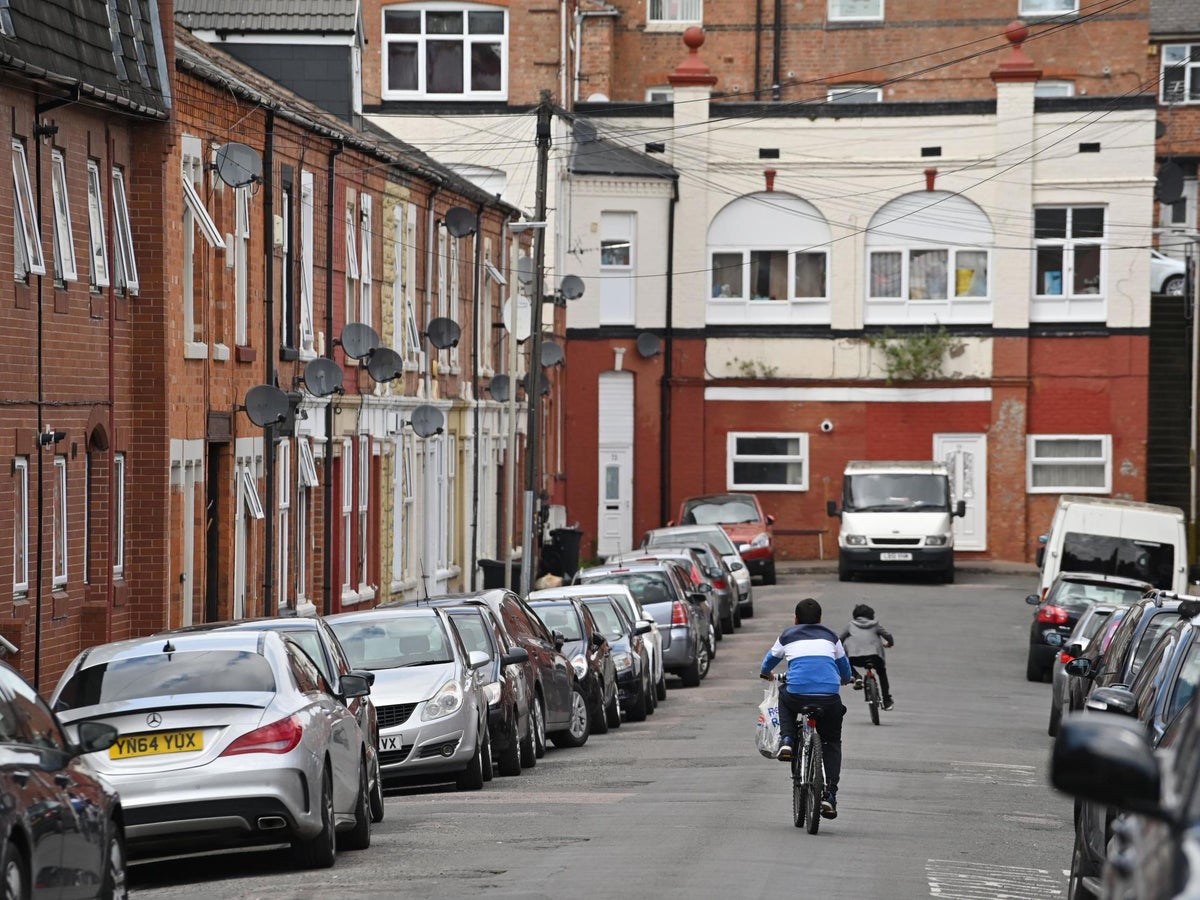
Leicester, Luton and Birmingham are among the areas of England where people identifying as white now form a minority of the population, census data shows.
And Leicester is one of the first cities in the UK with no ethnic majority group.
Data from the Office of National Statistics (ONS) revealed 41 per cent of the city of Leicester described themselves as white, which is the lowest of any UK city.
It’s down from the 2011 census, when 51 per cent of the city described themselves as white.
In the census, a total of 14 local authorities recorded more than half of their usual residents as identifying with an ethnic group other than white, with the highest proportion in the London boroughs of Newham (69.2 per cent), Brent (65.4 per cent) and Redbridge (65.2 per cent).
Outside London the highest non-white proportion is in Slough in Berkshire (64.0 per cent), followed by Leicester (59.1 per cent), Luton (54.8 per cent) and Birmingham (51.4 per cent).
The new figures represent a snapshot of ethnicity of the resident population on the day of the last census, 21 March 2021.
The other seven areas with a non-white population above 50 per cent are all in London: Harrow (63.5 per cent), Tower Hamlets (60.6 per cent), Ealing (56.8 per cent), Hounslow (55.9 per cent), Barking & Dagenham (55.1 per cent), Hillingdon (51.8 per cent) and Croydon (51.6 per cent).
Redbridge is the local authority with the highest proportion of people identifying as Asian (47.3 per cent), followed by Slough (46.7 per cent) and Harrow (45.2 per cent).
After Slough, the areas outside London with the highest figures for people identifying as Asian are Leicester (43.4 per cent), Luton (37.0 per cent) and Blackburn with Darwen (35.7 per cent).
Lewisham is the local authority with the highest proportion of people identifying as black (26.8 per cent), followed by Southwark (25.1 per cent) and Lambeth (24.0 per cent), all of which are in London.
The authority outside London with the the highest percentage of people identifying as black is Manchester (11.9 per cent), followed by Thurrock (also 11.9 per cent), Birmingham (11.0 per cent) and Dartford (10.5 per cent).







